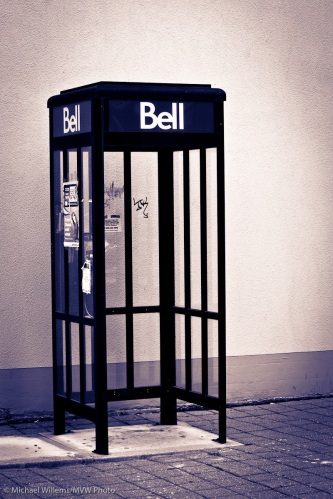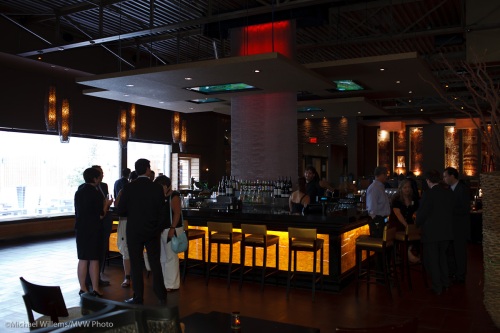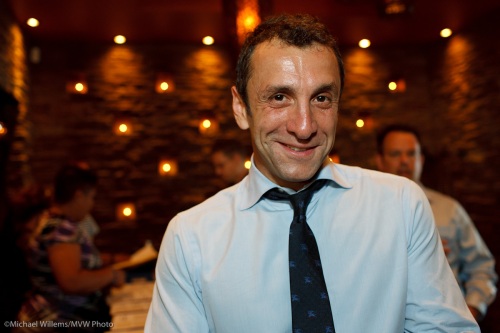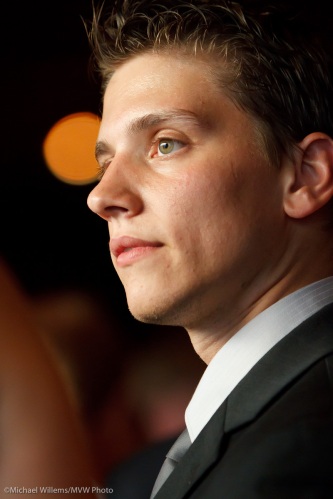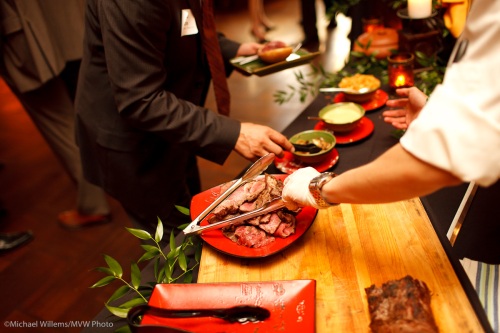…the size of your umbrella, anyway.
I am using a big Photoflex umbrella today. How big? Here’s how big:
This umbrella, which can be used to shoot into, as I am doing here, or to shoot through, is huge. Which makes the light softer.
It is also very reflective, more than most. And that helps: I was able to overpower daylight on an overcast day with the single Bowens 400 Ws light set to 3 (out of 5), somewhat close to the subject. With my regular, smaller and less reflective umbrellas, I would have used a setting of 4 to 5 for that shot.
So, all this amounts to:
- Softer light (since the source is larger),
- Greater distance I can bridge,
- Less spillover behind the umbrella (which in a studio is important)
- A lot more shots out of my battery pack,
- Faster recharge time between shots.
Here is that battery pack:
At full power, I get 150 shots out of a small battery (attached at the bottom); at power level 3, it is closer to 300 shots.
So by using a nice umbrella, metering to minus two stops ambient (minus three if metering off the dark garden), then setting the flash to the aperture thus achieved, which was f/5.6), I get this shot:
As you can probably see, I am also using a speedlite on the camera left, to separate the hair from the background and to give some edge lighting interest. That speedlite is fitted with a Honl Photo 1/4″ grid to avoid the lens flare I would otherwise get.
Time for this snap: couple of minutes.
If all that is confusing, as it will be to beginners, then just take one of the flash courses and learn how to do this. It is fun, and well within reach of amateurs – not just for pros!
Michael’s Quick Judgment:
- Photoflex large reflective umbrella: recommended.
- Bowens Travelpak power pack: recommended.

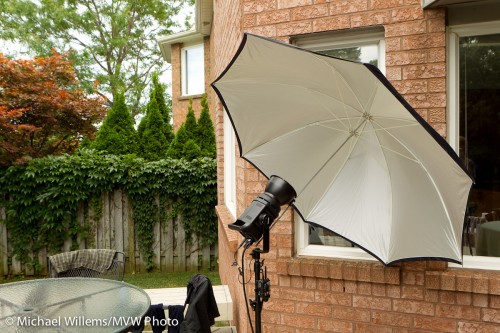
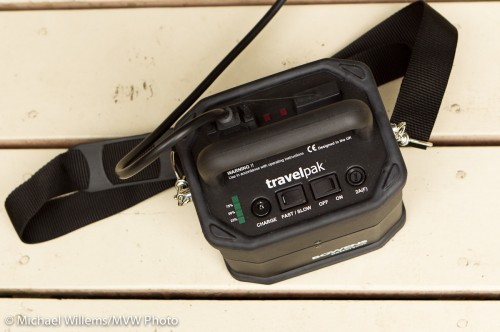
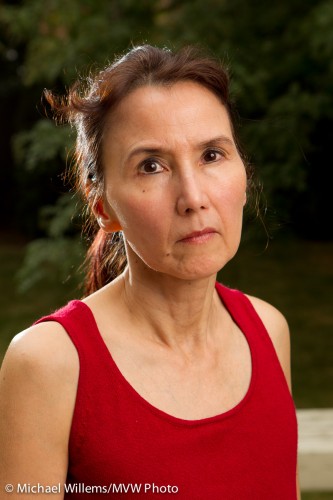
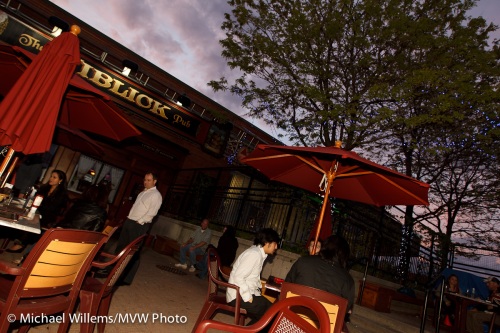

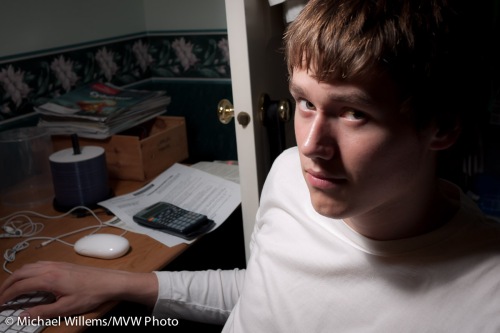

 No flash fired
No flash fired



